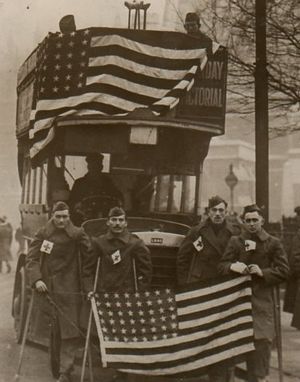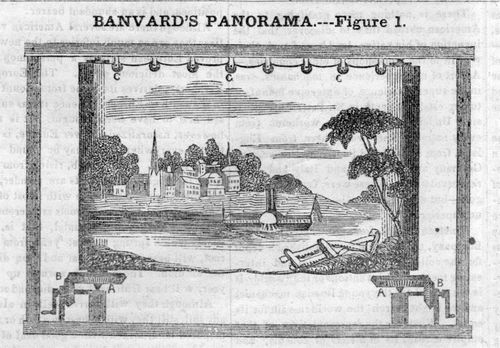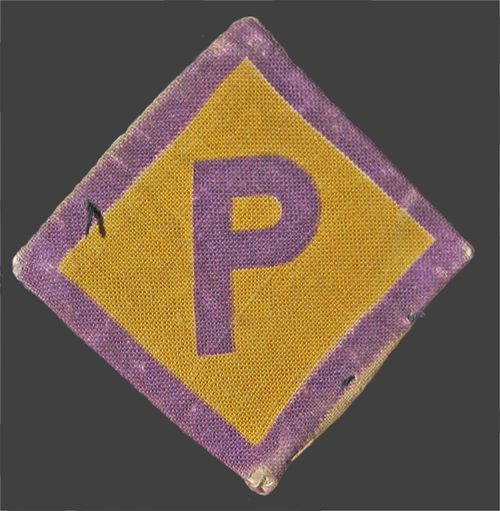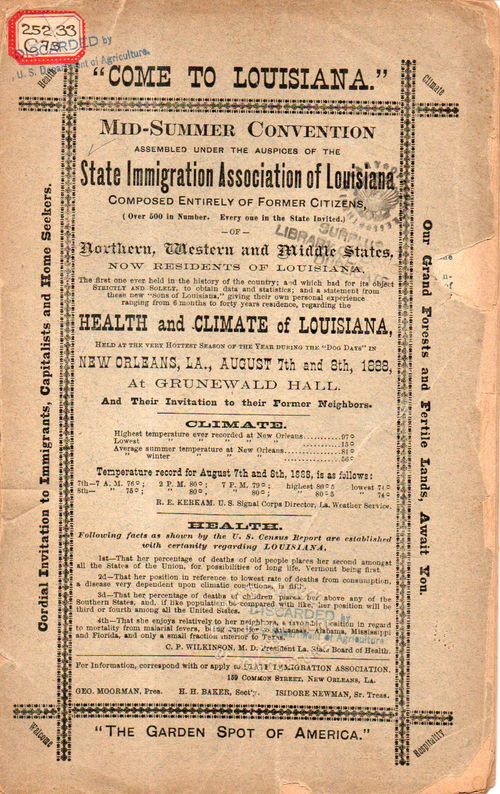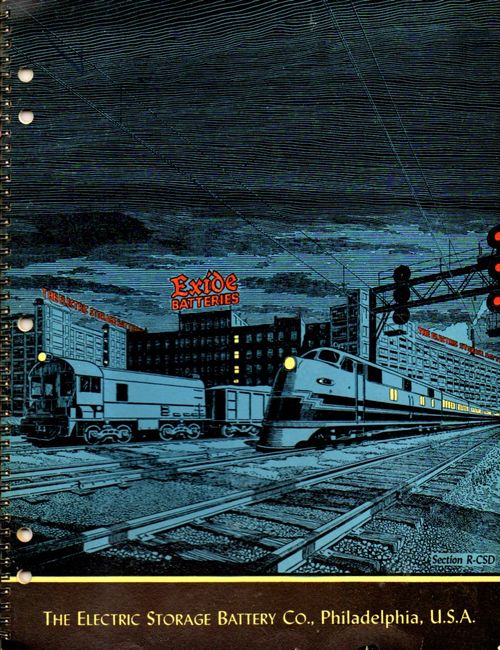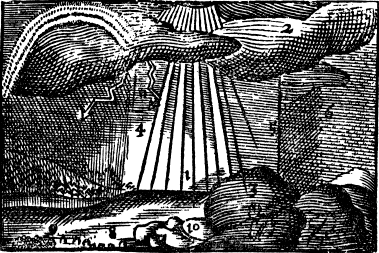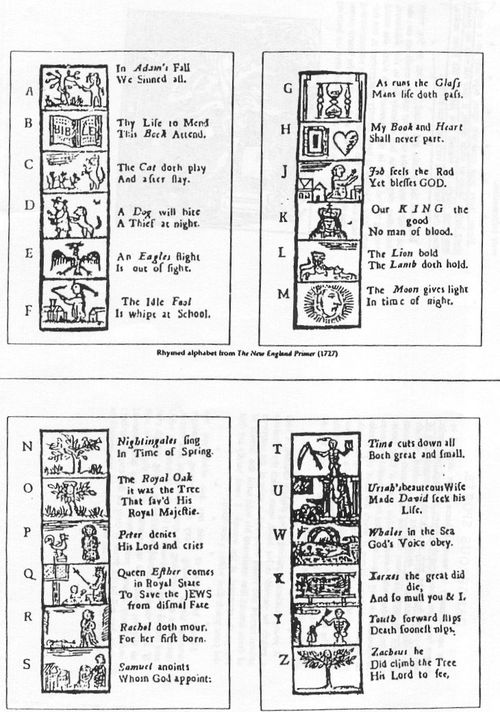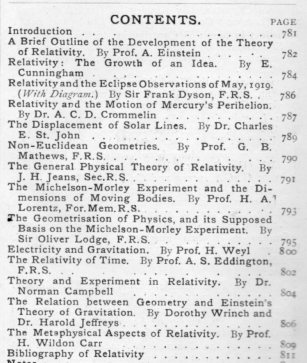JF Ptak Science Books Post 2354
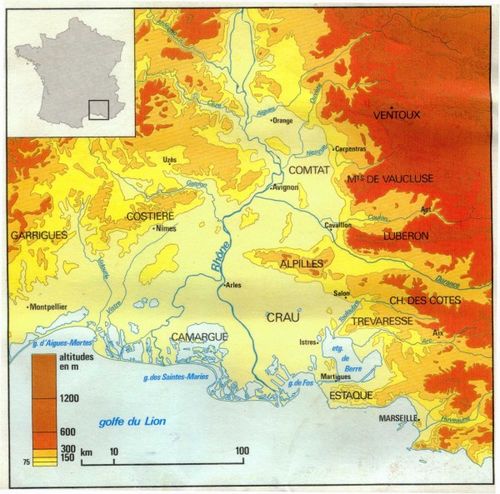
"Average soil depth is 40cm overlying a 5 to 25 meter thick layer of impermeable conglomerate making the alluvial water table inaccessible to the roots of plants. Topography is extremely flat with rounded silicaceous stones covering 50% of the soil and protecting it from big temperature variations."
And so goes the description of the soils in the Crau, the Plaine de la Crau, a massive flats/alluvial basin that is the home to fine hay and shepherds going back to Roman times, and a plains filled with flat earth and big sky, and light. In the middle of it all was Arles and in Arles from 1888-1890 was Vincent van Gogh, who found the place extraordinary, and who there at the end of his life was at his most productive, imaginative, creative, visionary self. The other side of that soil map above--as it pretty as it is and conveying as much information as it does--stands the solitary magic that van Gogh created there.
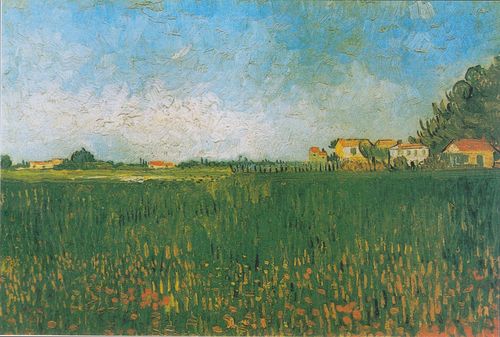 [Image source: Wikipedia]
[Image source: Wikipedia]
Here is van Gogh writing to Emile Bernard from Arles, Sunday, 15 July, 1888 on la Crau:
Have made large pen drawings — 2 — an immense flat expanse of country — seen in bird’s-eye view from the top of a hill — vineyards, harvested fields of wheat, all of it multiplied endlessly, streaming away like the surface of a sea towards the horizon bounded by the hillocks of La Crau.
It does not look Japanese, and it’s actually the most Japanese thing that I’ve done.
A microscopic figure of a ploughman, a little train passing through the wheatfields; that’s the only life there is in it. Listen, I passed – a few days after my arrival — that place with a painter friend.
There’s something that would be boring to do, he said. I said nothing myself, but I found that so astonishing that I didn’t even have the strength to give that idiot a piece of my mind. I go back there, go back, go back again — well, I’ve done two drawings of it — of that flat landscape in which there was nothing but.......... the infinite... eternity.
Well — while I’m drawing along comes a chap who isn’t a painter but a soldier. I say, ‘Does it astonish you that I find that as beautiful as the sea?’ Now he knew the sea — that one. ‘No — it doesn’t astonish me’ — he says – ‘that you find that as beautiful as the sea — but I find it even more beautiful than the ocean because it’s inhabited.’ --Source: van Gogh Museum, the Letter of Vincent van Gogh,
here.
It seems a little odd that of the 300 of the artworks that he completed during that time that none remain in Arles. Nor does the Yellow House and other pieces immortalized by van Gogh during this time. The other side of that is much else has remained pretty much the same--including the asylum where he stayed for a year being treated for his not-to-be-discovered illness with the hopeful but shallow psychological methods of the day, and of course the Crau.
In some ways it is a bit of science fiction for me to be able to walk via Google through so much of van Gogh's life--for example, right up to the spot where he painted his "Church in Auvers-sur-Oise, View from the Chevet" just a month before he died in July, 1890:
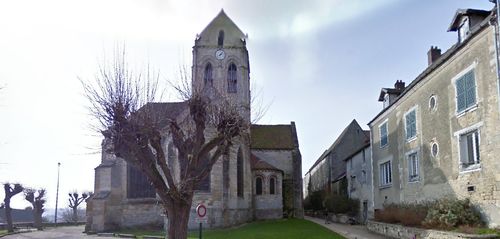
And be able to compare it to the original:
 [Image source, here, Vincent van Gogh and Auvers-sur-Oise]
[Image source, here, Vincent van Gogh and Auvers-sur-Oise]
Van Gogh left Arles for Auvers in May of 1890, looking so much better and healthier that even Dr. Gachet thought that he might be cured. However, that was not the case, and the sight of his brother in his own (lengthy) illness (Theo would die just months of Vincent) plus whatever else you might want to throw into the pot would lead to the path of his suicide.
Van Gogh was buried in Auvers, north-east of Paris, and Google will take you there, too. I went, mainly just to see what was on the other side of the wall that you see in the endless series of photos of the Vincent and Theo headstones. You can ride the Google car from the church, up a small hill, and certainly less than a kilometer away is the cemetery, reachable along a roughish road. The other side of the wall is featured in the fist screen capture, with Theo's headstone to the right of the large cross, and Vincent next to him, there against the other side of the wall, which has clay shingles on the street side:
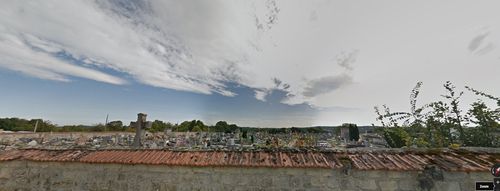
And what you would see if you could see over the wall from the cemetery, looking over and past the van Goghs:
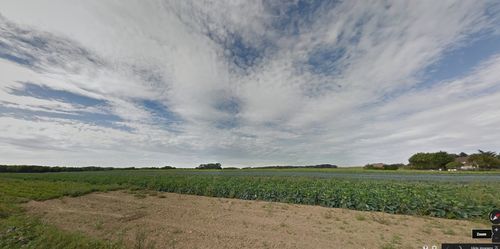
I like this view better.
